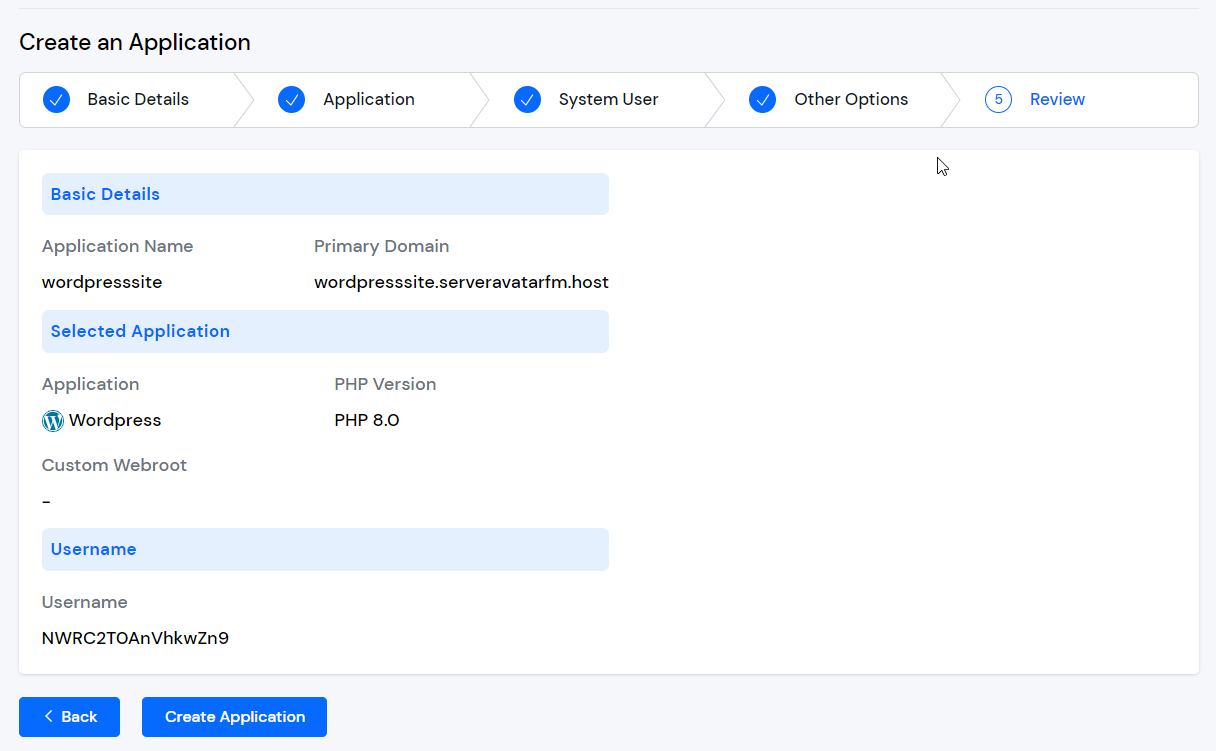Deploy from Git
Creating an application in ServerAvatar for hosting PHP scripts and projects with Git is simple. You can specify the application name, domain, system user, and other options such as PHP version and custom web root. When choosing the deployment method, you can select "Git" to easily deploy your PHP code from a Git repository. Once the application is created, ServerAvatar will automatically clone the repository and deploy the code. You can manage the Git deployment process from the ServerAvatar dashboard. ServerAvatar makes it easy to create and manage PHP applications with Git.
Step 1: Click the server on which you want to create the new application.
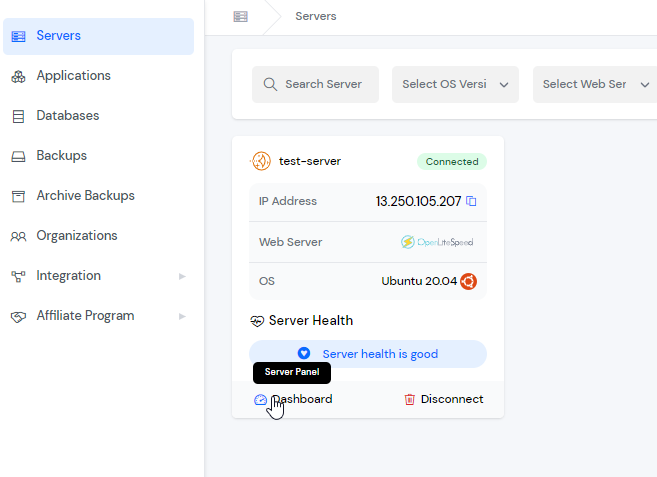
Step 2: Now, you will see the option Applications on the left-hand sidebar of the Server Panel. Click on “Applications”.
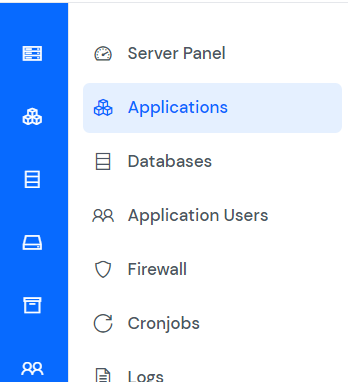
Step 3: Now, you will see the Applications table like the below image.

Step 3: Click on Create button on the top right of the Applications table, as mentioned in the above image.
Step 4: After that, you will see the Create Application screen like the below image.
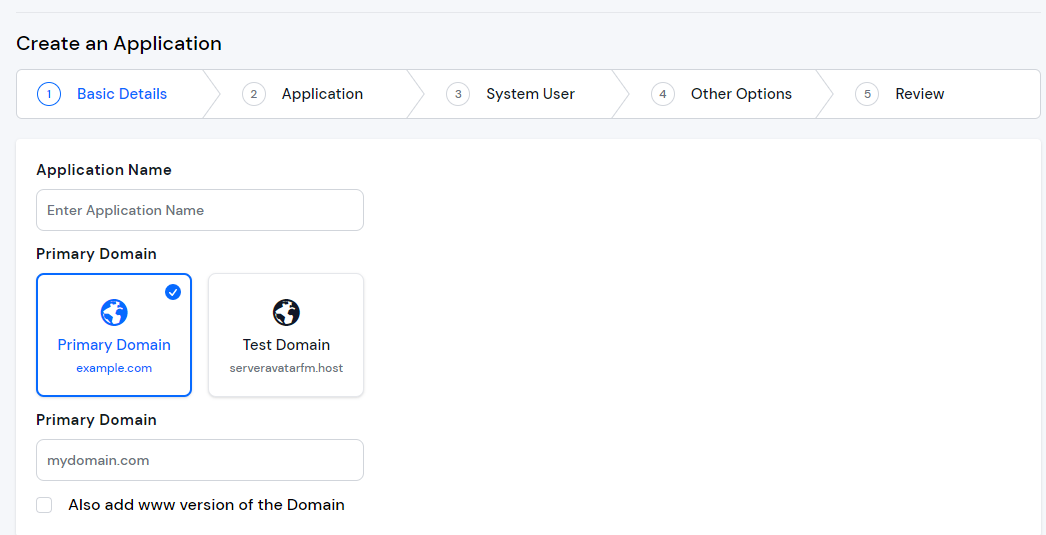
Step 5: Basic Details
- Enter the name of your application in the Application Name field.
- Choose whether you want to use a primary domain or a test domain in the Domain field. If you select a test domain, you can change it later to a primary domain.
- Click on the Next button.
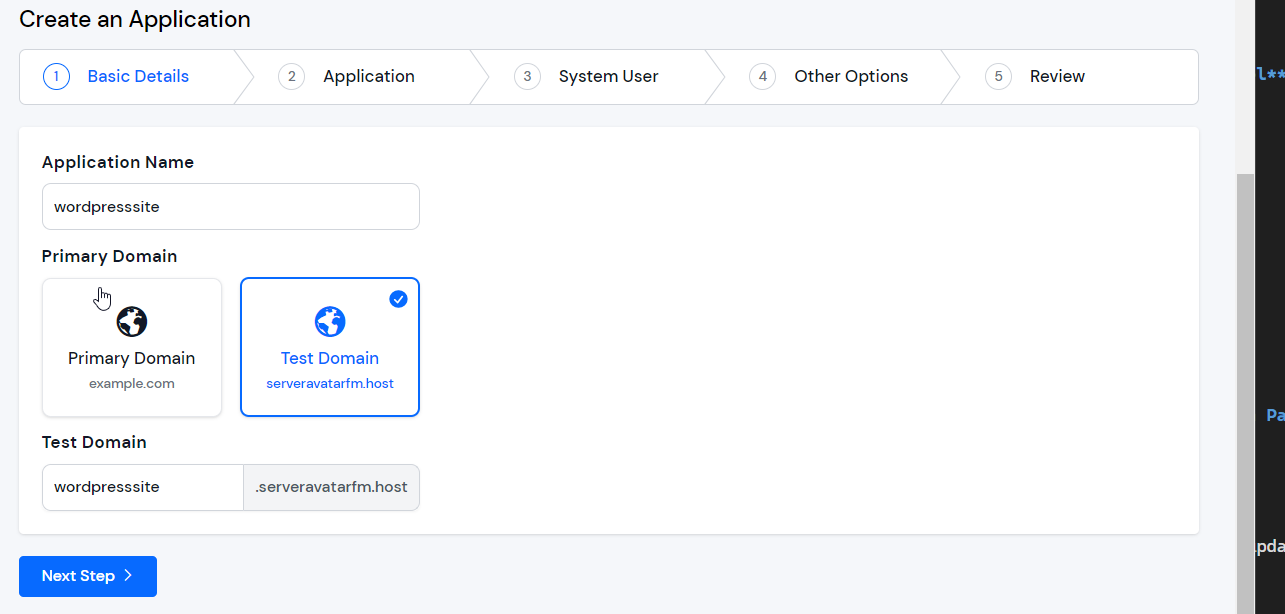
Step 6: Application
Choose the method "Git Repository" to deploy using git.
In the Git method, you have to select the Git provider you are using, such as GitHub, Bitbucket, or GitLab.
After selecting the provider, you have to choose the repository and the branch from which you want to deploy your application.
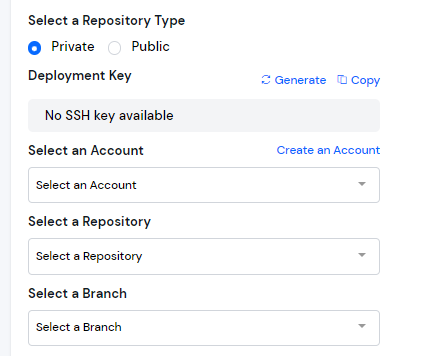
Once you have selected the repository and branch, you can also add a post-deployment script, which will run after the application is deployed. This script can be used to perform additional tasks such as installing dependencies or running tests.
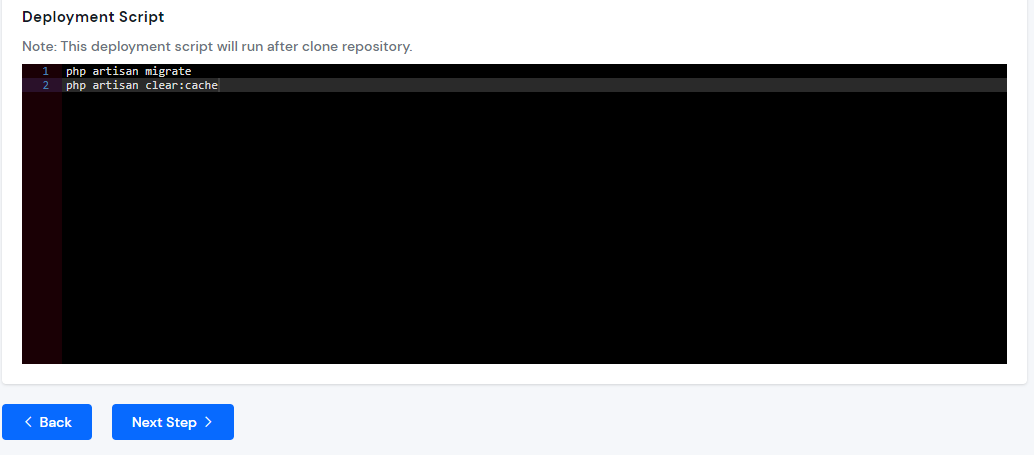
Overall, the Git method allows you to easily deploy your application directly from your Git repository, which can be useful if you are using version control and continuous integration workflows in your development process.
Select the required options for your application, like the database type and any required additional PHP modules.
Click on the "Next" button.
Step 7: System User
In ServerAvatar, when creating a new application, you have the option to either create a new system user for the application or use an existing one. A system user is a user account created on your server, which is used to manage files and permissions for your application
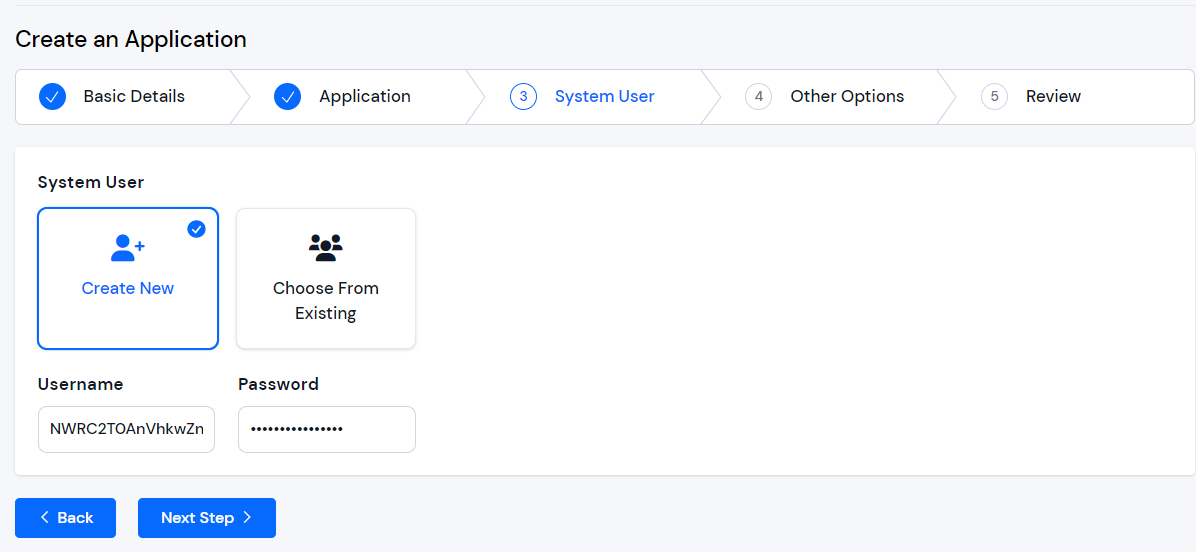
Step 8: Other Setting
In the Basic Settings section of creating an application in ServerAvatar, you have the option to select the PHP version for your application. ServerAvatar supports multiple PHP versions ranging from 7.2 to 8.2. You can choose the desired PHP version for your application
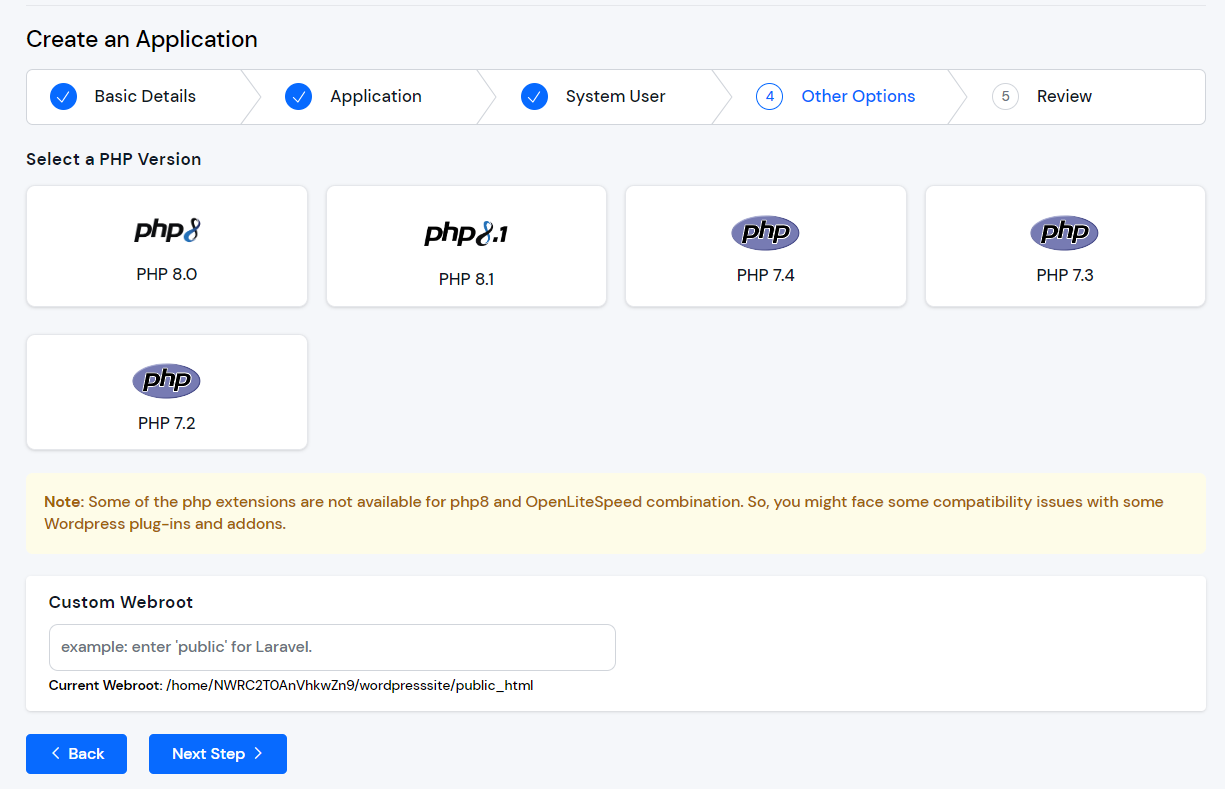
You also have the option to specify a custom webroot path for your application. By default, ServerAvatar sets the webroot path to "/public_html" for your application. However, if you want to set a custom webroot path, you can do so by entering the desired path in the "Webroot" field provided. This can be useful if you have specific requirements for the directory structure of your application.
Step 8: Review
After completing the previous steps, the user will be directed to the review page where they can review all the details they have entered for the application. This includes the application name, primary domain, test domain, application method, system user, PHP version, and custom web root path.
If any changes are required, the user can go back to the respective sections and make the changes. If everything looks good, they can click on the "Create Application" button to create the application. your website must be live in next 10-15 seconds. Once your application is installed, you will be redirected to an application dashboard from which you can manage the application.
